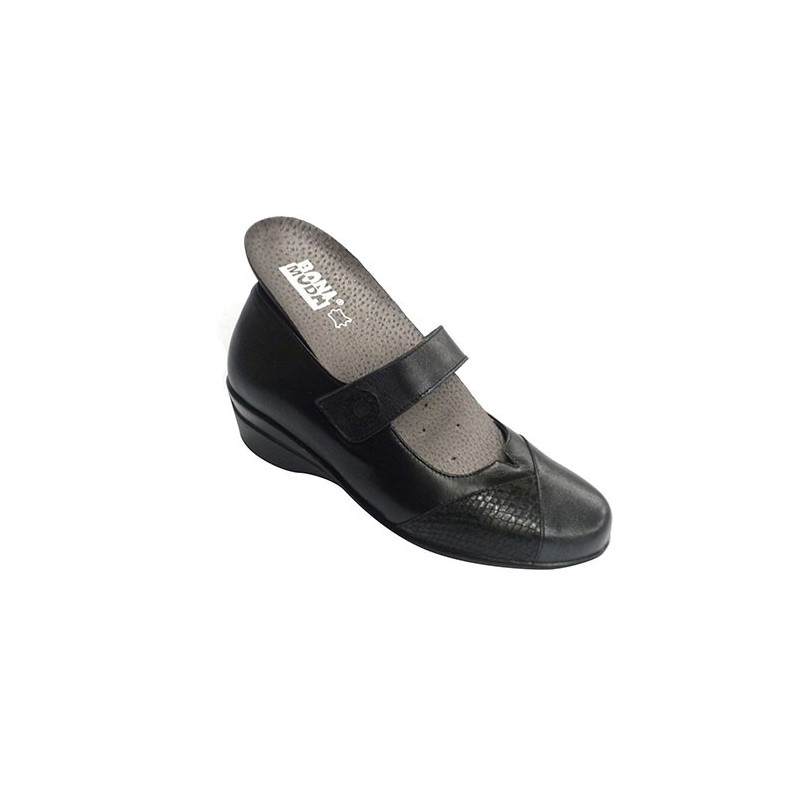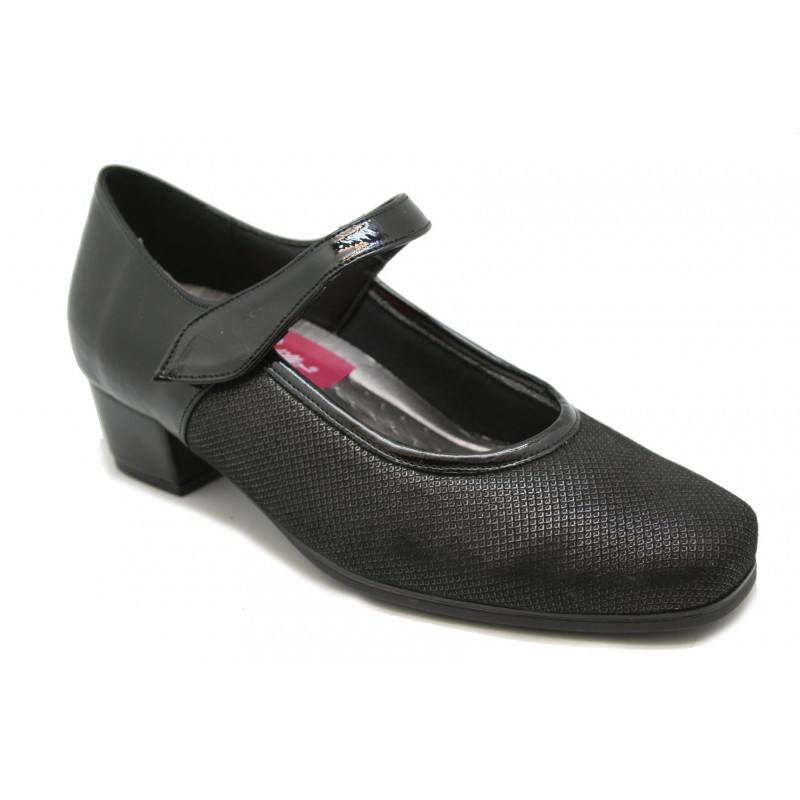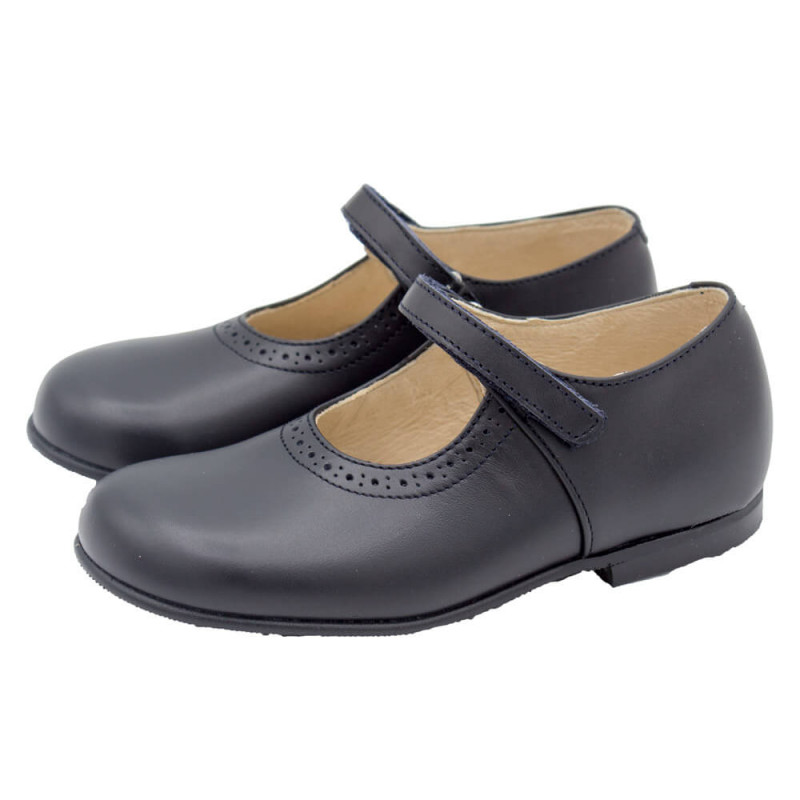
Comprar Zapato mujer merceditas con velcro especial plantillas ortopédicas Manuel Almazan en negro online

Merceditas para Mujer Moda Boca Baja Encaje Retro Punta Cuadrada Tacón Grueso Zapatos Mary Jane Zapatos de Corte Zapatos de Trabajo Cómodos para Mujer,Black-UK4.5 : Amazon.es: Moda




















